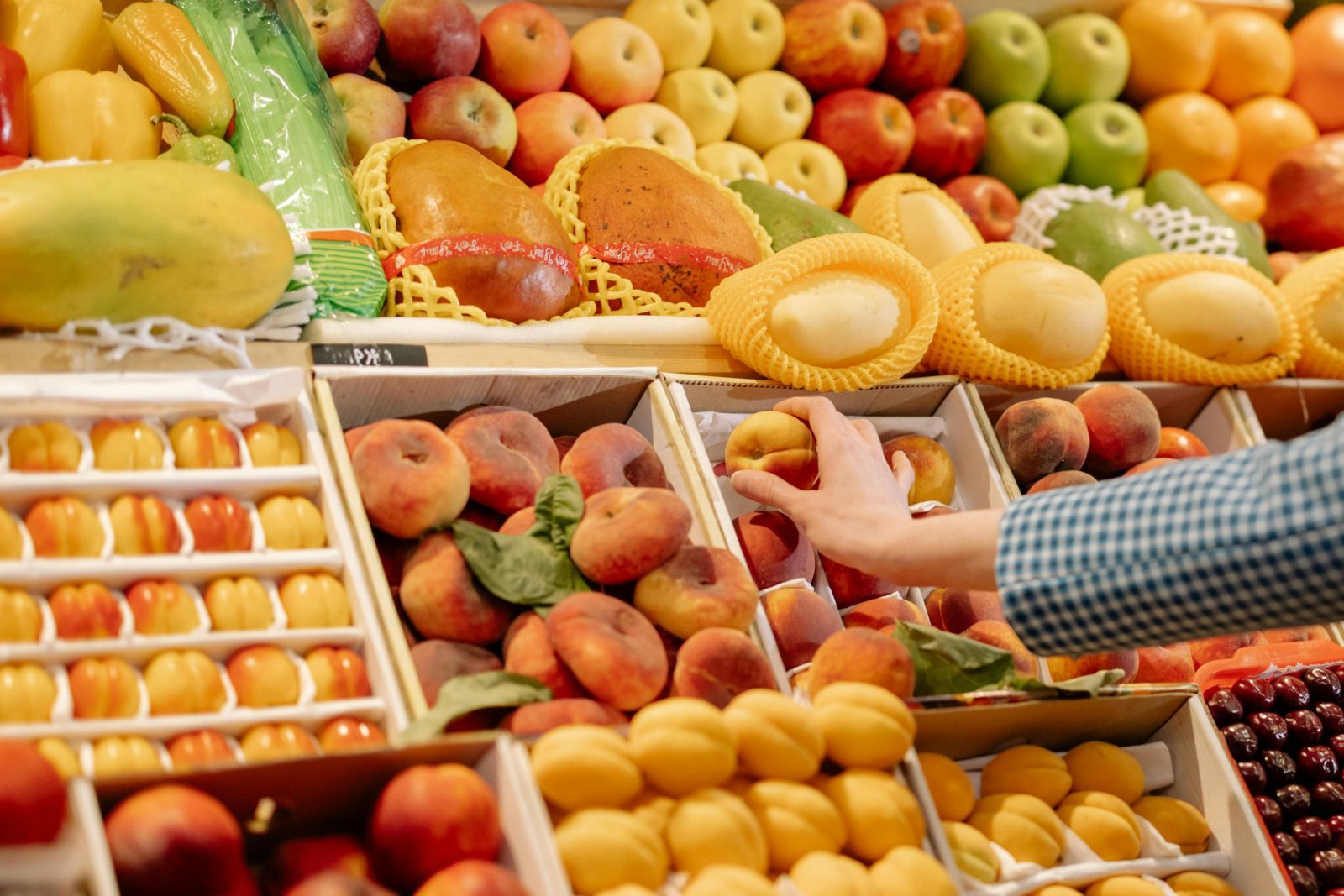The Czech Republic has recently implemented significant changes to its Value Added Tax (VAT) system, positioning itself at the forefront of Central European countries with the highest reduced VAT rate. As of this year, the country operates with two VAT rates: a standard 21% rate and a reduced 12% rate, which replaced the previous 10% and 15% rates.
According to an international comparison by the consulting firm Forvis Mazars, the Czech Republic’s reduced VAT rate, which primarily applies to food and medicine, is among the highest in Central and Eastern Europe. This places a higher tax burden on essential goods compared to neighbouring countries.
The impact of this change is particularly noticeable in the food sector. While last year medicines and food were subject to a 15% rate, surrounding countries maintain lower VAT rates on food. Germany has long held a 7% rate, Slovakia and Austria have a 10% rate, and Poland applies 5% and 8% rates for different food categories.
However, experts caution against drawing hasty conclusions based solely on VAT rates. Jakub Komárek, an PAQ Research economist, suggests a more appropriate metric would be the ratio of tax revenue from consumption taxes to economic performance. In this regard, the Czech Republic closely aligns with the EU average.
The recent VAT changes have had mixed effects on prices. While the increase in VAT on utilities and transportation has contributed to price rises in these sectors, the reduction in VAT on food, coupled with a decrease in agricultural commodity prices, has helped stabilize and even slightly reduce food prices.
As the Czech Republic navigates these tax changes, it’s clear that the impact on consumers and businesses will continue to be closely monitored. The government’s challenge is balancing revenue generation with the need to keep essential goods affordable for its citizens.






